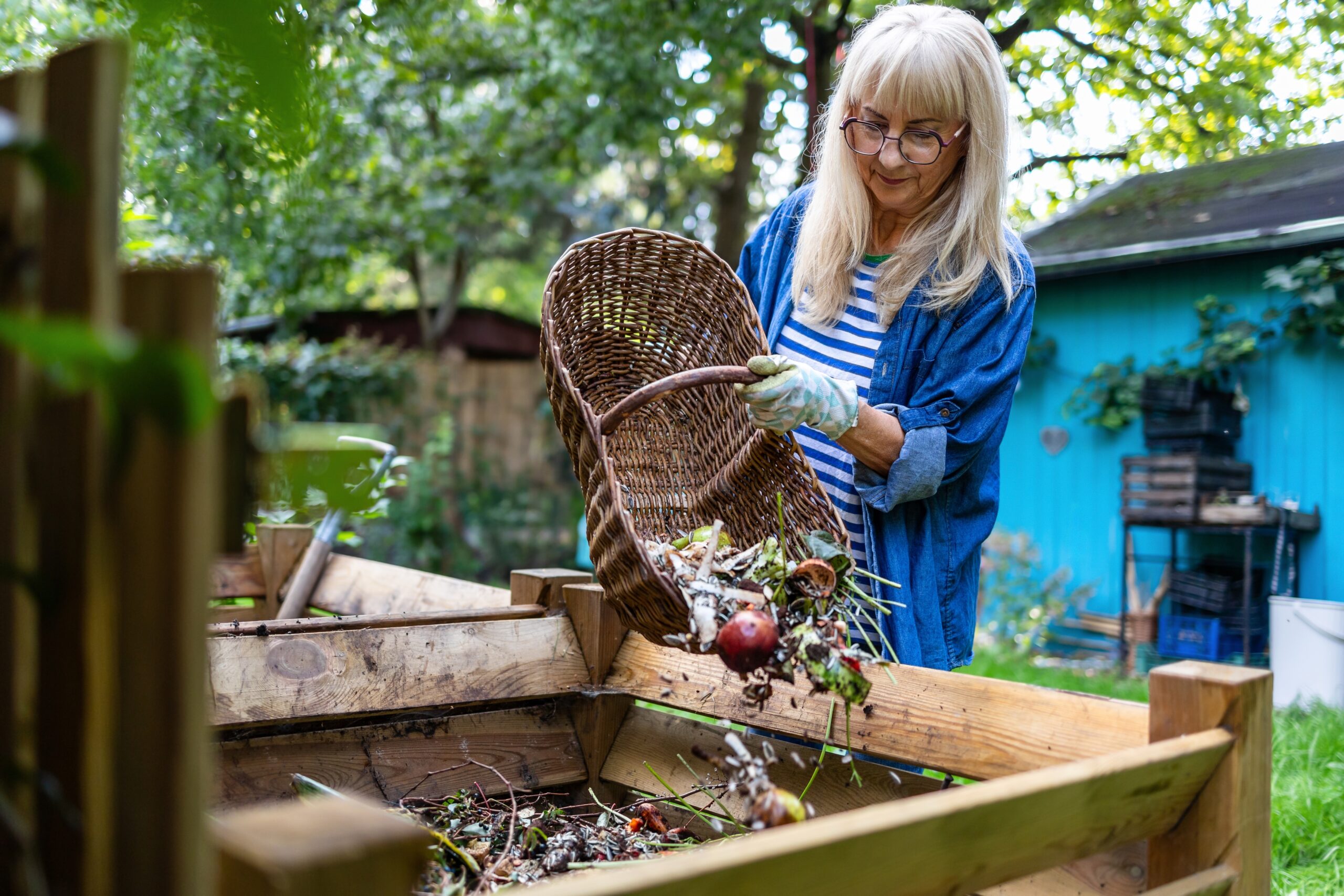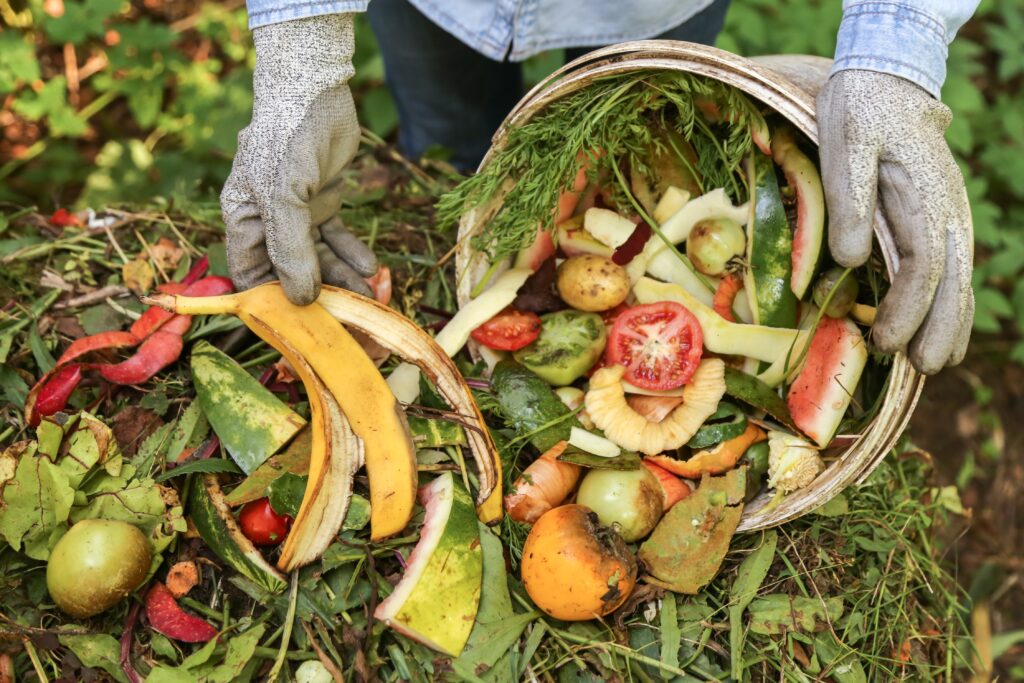
The Truth About Composting: Easy Steps for Rich, Organic Soil
Beginners can totally do this!
Composting is one of the easiest and most impactful ways to reduce waste, nourish your plants, and improve soil health—all from your kitchen and garden. Whether you’re a gardening newbie or a sustainability pro, composting doesn’t have to be complicated. In this guide, we demystify the process and show you how to start, maintain, and use your own compost pile or bin for rich, organic soil that your plants will love.
Outline
- Why Compost?
- What Can (and Can’t) Go in Compost
- Choosing Your Compost Method
- How to Start a Compost Pile or Bin
- The Perfect Green-to-Brown Ratio
- Keeping Your Compost Healthy
- How Long Does Compost Take?
- Using Finished Compost in the Garden
- Common Composting Problems & Fixes
- Final Thoughts
Why Compost?
Every year, households throw away tonnes of kitchen and garden waste that could be used to improve soil and grow healthier plants.
Composting benefits include:
- Reduces household waste
- Cuts down methane emissions in landfills
- Adds nutrients and structure to soil
- Retains moisture and suppresses plant disease
- Saves money on store-bought fertilisers
🌿 Compost feeds your soil—not just your plants.
What Can (and Can’t) Go in Compost
Greens (Nitrogen-rich, moist)
- Fruit and veg scraps
- Coffee grounds and filters
- Fresh grass clippings
- Plant trimmings
Browns (Carbon-rich, dry)
- Leaves
- Straw or hay
- Shredded paper/cardboard
- Sawdust (untreated wood)
Do NOT compost:
- Meat, fish, dairy
- Oily foods
- Pet waste
- Diseased plants
- Synthetic materials or treated wood
⚖️ Balance is key: mix wet “greens” with dry “browns” to avoid smells or rot.

Choosing Your Compost Method
Backyard Compost Pile
Perfect if you have garden space and lots of yard waste.
✔️ Easy to scale, low-cost
❗ Takes up space, needs turning
Compost Bin or Tumbler
Good for small gardens or patios
✔️ Contained, faster breakdown
❗ May cost more upfront
Indoor Compost (Bokashi or Worm Bin)
Great for flats and small spaces
✔️ Works year-round
❗ Needs a bit of learning and monitoring
How to Start a Compost Pile or Bin
- Pick a location: well-drained, shady or partly sunny spot.
- Start with browns: layer dried leaves or shredded paper first.
- Add greens: kitchen scraps, grass clippings, coffee grounds.
- Keep layering: alternate green and brown layers like a lasagne.
- Moisture check: should feel like a wrung-out sponge.
- Turn it: every 1–2 weeks to aerate and speed up decomposition.
The Perfect Green-to-Brown Ratio
Aim for roughly 2 parts brown to 1 part green.
| Material | Type | Contribution |
|---|---|---|
| Vegetable peels | Green | Nitrogen and moisture |
| Dry leaves | Brown | Carbon and structure |
| Coffee grounds | Green | Nitrogen boost |
| Shredded cardboard | Brown | Absorbs moisture, adds fibre |
Too much green? It gets soggy and smelly.
Too much brown? Decomposition slows down.
Keeping Your Compost Healthy
Smelly? Add more browns.
Too many flies? Bury kitchen scraps deeper.
Too dry? Add water or fresh greens.
Too wet? Add shredded paper or turn more often.
A good compost pile is active and warm in the centre—a sign microbes are hard at work!
How Long Does Compost Take?
| Method | Time Frame |
|---|---|
| Passive compost pile | 6–12 months |
| Regularly turned pile | 3–6 months |
| Compost tumbler | 2–3 months |
| Worm bin | 2–4 months |
⏳ Compost is ready when it’s dark, crumbly, and earthy-smelling—no visible scraps remain.
Using Finished Compost in the Garden
- Mix into garden beds before planting
- Top-dress around plants for a nutrient boost
- Add to containers to enrich potting mix
- Use in lawns to improve water retention
🌻 Your compost is black gold. Use it freely to build rich, healthy soil.
Common Composting Problems & Fixes
| Problem | Cause | Solution |
|---|---|---|
| Bad smell | Too much green, not enough air | Add browns, turn pile |
| Pile not heating | Too small or dry | Add more greens or water |
| Pile too wet | Poor drainage or too many greens | Mix in browns, cover top |
| Bugs/rodents | Wrong food (meat/dairy) | Only use plant matter, cover scraps well |
Final Thoughts
Composting is nature’s way of recycling, and it’s something everyone can do—whether you have a sprawling garden or a small kitchen. With the right balance and a little patience, you’ll be turning waste into nourishment and closing the loop in your own backyard.
🌿 Start where you are, use what you have, and let nature do the rest.